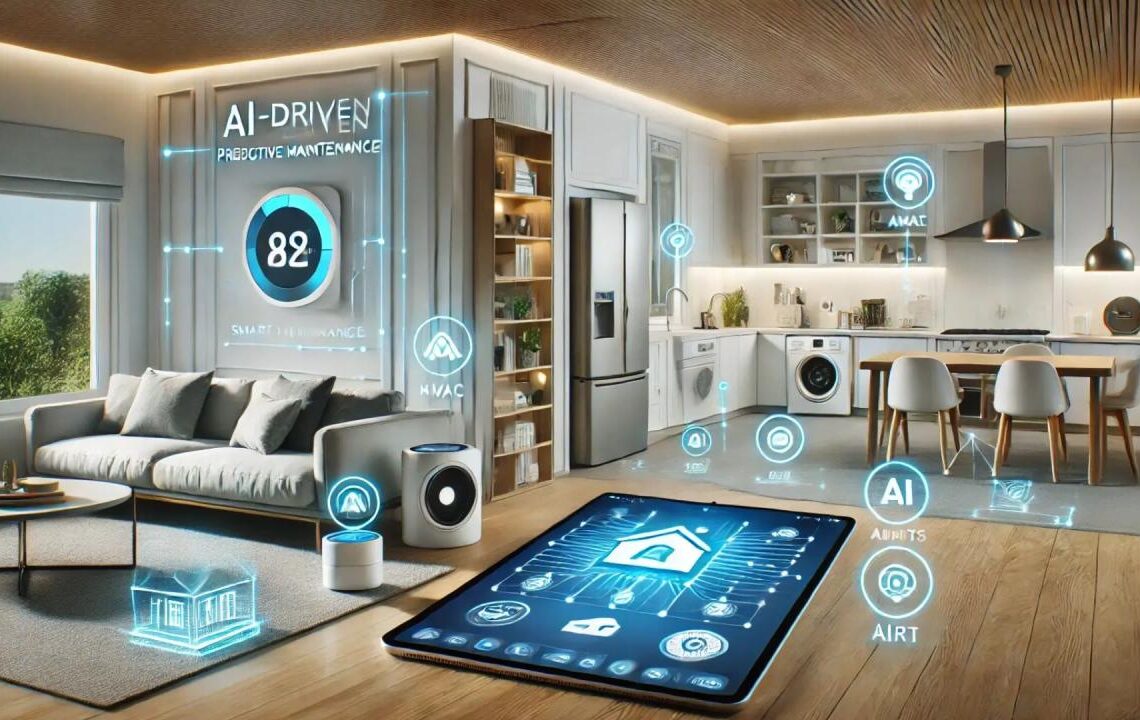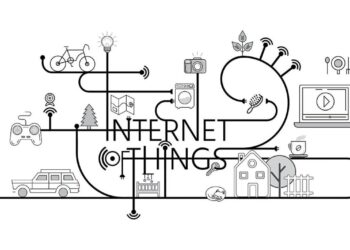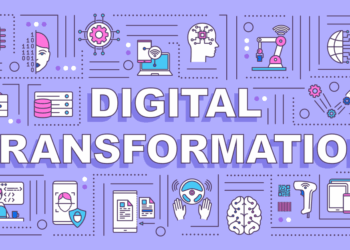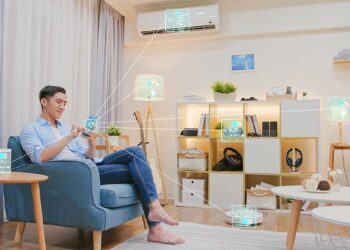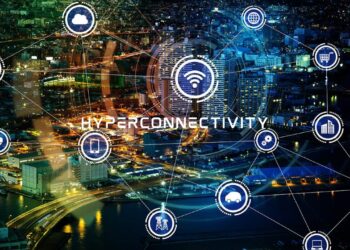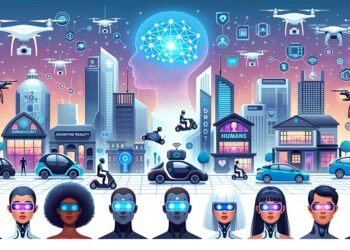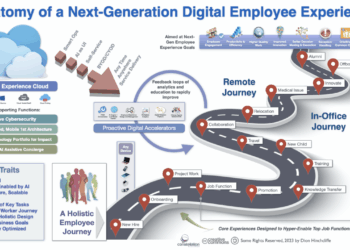As technology continues to evolve at an unprecedented pace, our daily lives are becoming more connected, efficient, and automated. The concept of “smart living” is no longer a futuristic idea—it’s our present reality. From voice-controlled homes to AI-powered health monitors, technology is reshaping how we live, work, and interact.
This comprehensive guide explores the key aspects of smart living in a tech-driven era, covering everything from smart home innovations to sustainable urban development. Whether you’re a tech enthusiast or simply curious about the future, this article will help you understand how to embrace and optimize these advancements.
What is Smart Living?
Smart living refers to the integration of advanced technologies into everyday life to enhance convenience, efficiency, and sustainability. It encompasses:
-
Smart homes (automated lighting, security, and appliances)
-
Wearable technology (fitness trackers, smartwatches)
-
AI-powered assistants (Siri, Alexa, Google Assistant)
-
Sustainable smart cities (IoT-enabled infrastructure)
The goal? To create a seamless, interconnected lifestyle that saves time, reduces energy consumption, and improves overall well-being.
Key Technologies Powering Smart Living
A. Artificial Intelligence (AI) & Machine Learning
-
Smart Assistants: AI-driven voice assistants manage schedules, control smart devices, and provide real-time information.
-
Predictive Analytics: AI learns user habits to optimize energy use, security, and even shopping preferences.
-
Personalized Healthcare: AI-powered apps track health metrics and suggest lifestyle improvements.
B. Internet of Things (IoT)
-
Smart Home Devices: Thermostats (Nest), lighting (Philips Hue), and security cameras (Ring) communicate via IoT.
-
Connected Appliances: Refrigerators that order groceries, washing machines that optimize water usage.
-
Wearable Tech: Smartwatches (Apple Watch, Fitbit) monitor heart rate, sleep, and activity levels.
C. 5G & Enhanced Connectivity
-
Faster internet speeds enable real-time data transfer for smart devices.
-
Supports autonomous vehicles, augmented reality (AR), and telemedicine.
D. Blockchain for Smart Living
-
Secure smart contracts for automated payments (utility bills, rent).
-
Enhances privacy in smart home systems.
Smart Home Innovations for Modern Living
A. Home Automation Systems
-
Lighting Control – Smart bulbs adjust brightness based on time of day.
-
Climate Control – Smart thermostats learn preferences and optimize energy use.
-
Security & Surveillance – AI-powered cameras detect intruders and send alerts.
B. Voice-Activated Assistants
-
“Hey Google, turn off the lights.”
-
“Alexa, lock the front door.”
C. Energy-Efficient Smart Appliances
-
Smart refrigerators reduce food waste by tracking expiration dates.
-
Solar-powered smart blinds adjust based on sunlight.
Smart Cities: The Future of Urban Living
Smart cities leverage IoT and AI to improve infrastructure, sustainability, and quality of life. Examples include:
A. Intelligent Transportation Systems
-
Self-driving cars and smart traffic lights reduce congestion.
-
Electric vehicle (EV) charging stations powered by renewable energy.
B. Sustainable Energy Solutions
-
Smart grids optimize electricity distribution.
-
Solar-powered streetlights with motion sensors.
C. Waste Management & Recycling
-
Smart bins notify collection services when full.
-
AI-powered sorting systems improve recycling efficiency.
Challenges & Considerations
While smart living offers numerous benefits, there are challenges:
A. Privacy & Security Risks
-
Hackers can exploit IoT devices if not properly secured.
-
Always use strong passwords and two-factor authentication.
B. High Initial Costs
-
Smart devices can be expensive, but prices are gradually decreasing.
C. Digital Divide
-
Not everyone has access to high-speed internet or smart technology.
How to Transition to a Smarter Lifestyle
A. Start Small
-
Begin with a smart speaker or lighting system.
B. Prioritize Security
-
Regularly update device firmware and use VPNs for added protection.
C. Embrace Sustainability
-
Choose energy-efficient smart appliances.
The Future of Smart Living
-
Brain-Computer Interfaces (BCIs): Controlling devices with thoughts.
-
Fully Autonomous Homes: AI managing all aspects of living.
-
Hyper-Personalization: Tech adapting to individual needs in real time.
Final Thoughts
Smart living is transforming how we interact with our environment, making daily tasks easier, safer, and more sustainable. By adopting these technologies wisely, we can create a future where convenience and efficiency go hand in hand.
Tags: smart living, future technology, home automation, IoT devices, AI assistants, sustainable tech, smart cities, digital lifestyle, wearable tech, energy efficiency

